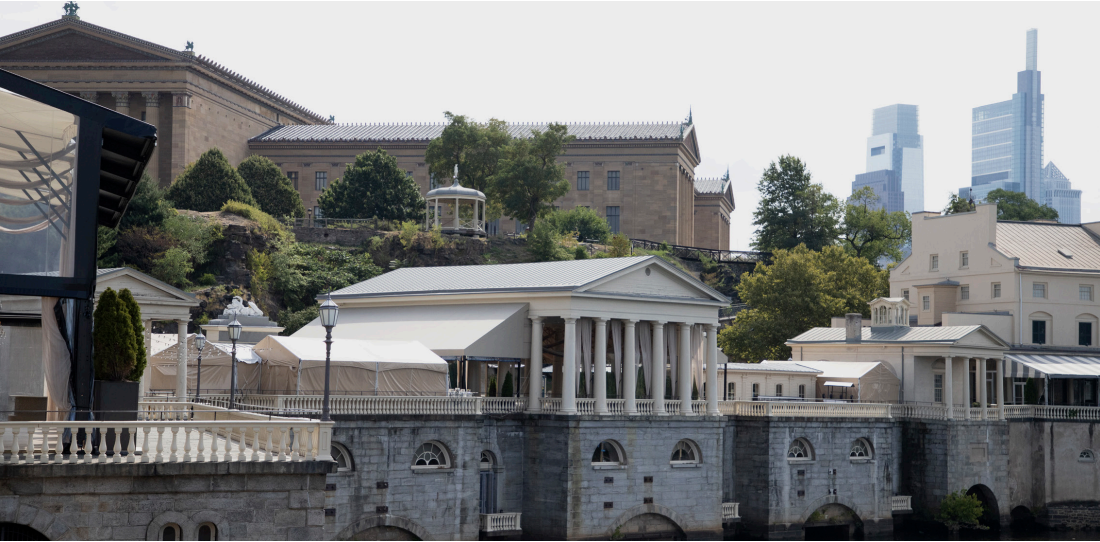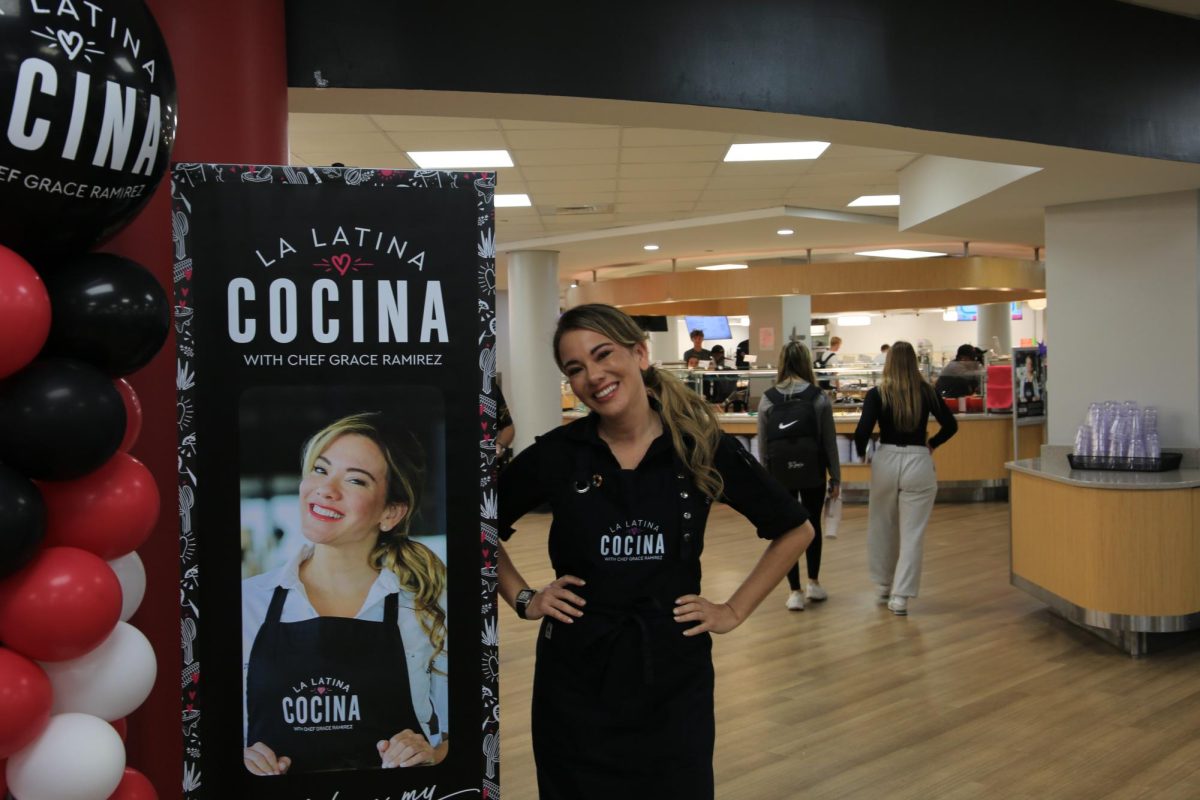At the end of Waterworks Drive, across the river from the Philadelphia Art Museum, a small labyrinth of concrete walls decorated in shades of blue leads to a drained indoor swimming pool in the basement of a building.
The pool, formerly known as Kelly Natatorium, opened in 1961 as an Olympic Training Facility and then later served as a public pool for Philadelphia citizens. It closed in 1972 after flooding from Hurricane Agnes.
Earlier this year, this space became home to “Pool: A Social History of Segregation” (POOL), the latest exhibit located in the bottom level of Fairmount Water Works, a museum and environmental center that served as a city pumping station from 1815 to 1909. The exhibit runs through Sept. 30.
The 4,700 square foot museum exhibition takes visitors on a curated route of collections ranging from photos, voice recordings and film footage to examine the history of segregated public pools in the United States and how that has contributed to present-day racial stereotypes and drowning incidents among Black communities.
“Access to water is a right which continues to be challenged,” said Victoria Prizzia, creative director and lead designer of POOL. “POOL brings this
history to light, so that the next generation can continue to push for positive social change.”
Originally set to open in 202l, the Fairmount Water Works buildings suffered inundation from historically high water levels of the Schuylkill following Hurricane Ida in September 2021. The delayed grand opening took place instead on World Water Day on March 22.
Cathleen Dean’s short documentary film, “Wade in the Water: Drowning in Racism,” is one of the featured works in POOL.
Dean said her film focuses on the historical, cultural and spiritual relationship people of African descent have with water. The title of her film is a nod to the organized protest and resistance movements, “wade-ins,” that took place during the civil rights movement.
During wade-ins, Black people accessed water spaces that they were forbidden to use because of their race to challenge racist rules and laws that violated their civil rights.
“The most important takeaway that I hope viewers get from my film is this: when people don’t connect with the water there’s a loss,” Dean said. “This loss is cultural, spiritual and economic. It’s also a loss to our health and wellness and it’s measurable.”
Fairmount Water Works media contact Dionne Watts-Williams said the overall response to POOL has been positive.
“The response has been amazing… there have been hundreds of visitors to date from all over,” Watts-Williams said. “Long-time visitors and supporters are excited to be back in the building, and new visitors are stating how they’re looking forward to returning in the future.”
Long-time Philadelphia resident and retired public school teacher, Susan Kattell, who visited the exhibit, said the experience was “comprehensive.”
“This exhibit is absolutely critical for all people to see,” Kattell said. “Swimming is a life skill, so it should be offered to
all children.”
The exhibit is open 11 a.m. to 5 p.m., Wednesday through Friday, and 10 a.m. to 5 p.m. on Saturday. Admission is free.















































